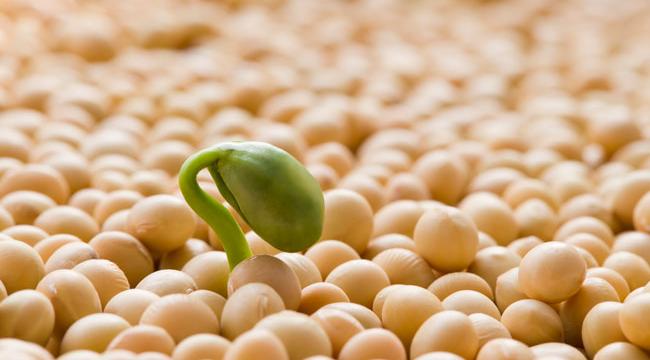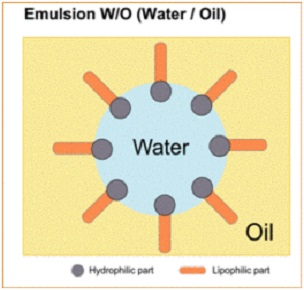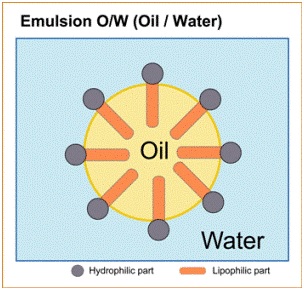Lecithin functions as an emulsifier in many food products. The majority of food products tend to have blends of fats and water solutions present. An emulsifying agent is required to ensure that this mixture remains stable.
Especially when looking at the case of commercial food products which require product stability over a longer period of time, the need for the emulsifier becomes even more apparent.


